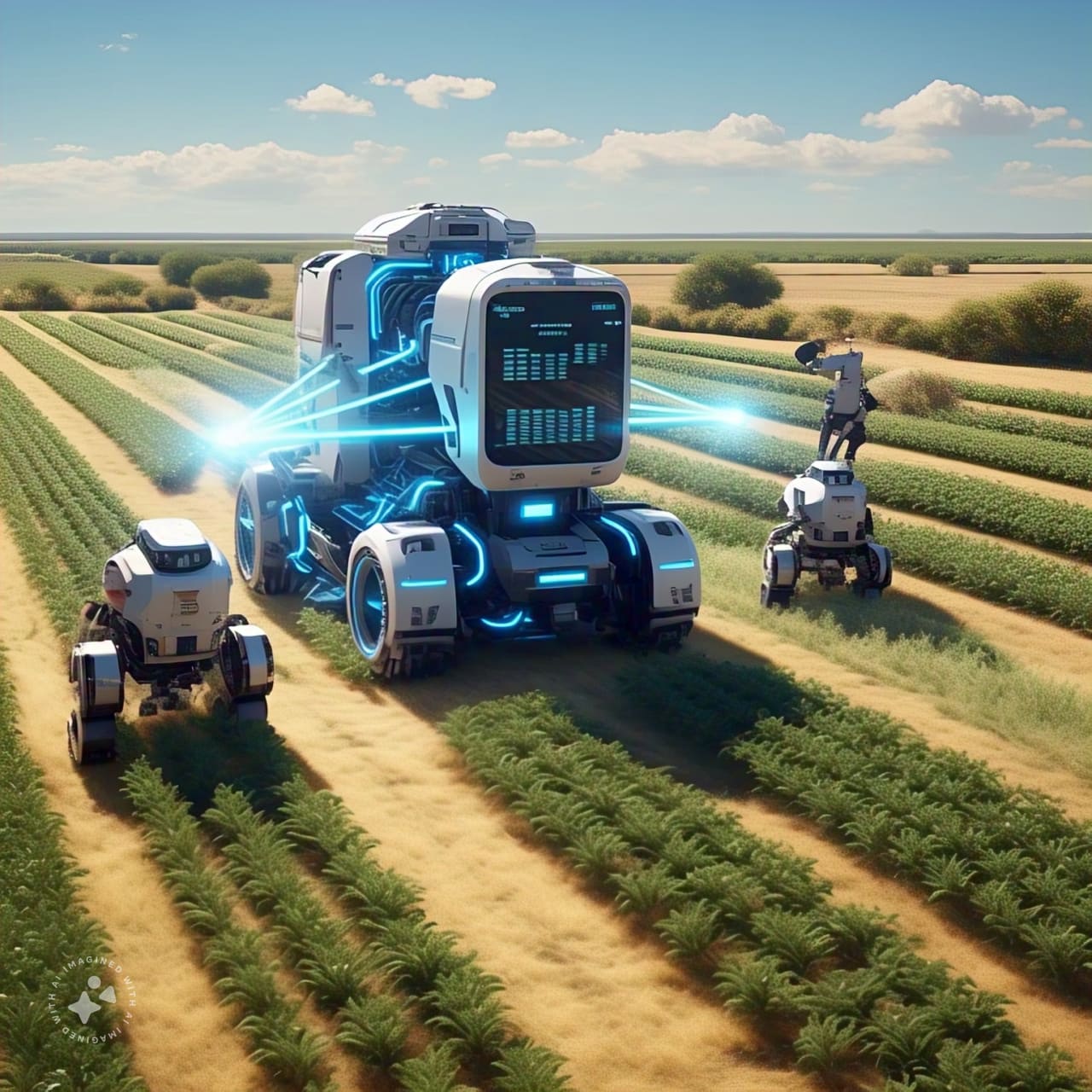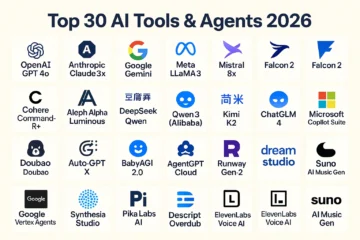
Harvesting the Future: How AI, Lasers, and Robotics are Revolutionizing Modern Farming
The use of artificial intelligence (AI), lasers, and robotics in agriculture is revolutionizing the way farmers work. From autonomous tractors to precision farming, these technologies are increasing efficiency and reducing waste. In this blog, we will explore the current state of AI, lasers, and robotics in agriculture, and provide real-world examples of their applications.
Autonomous Tractors and Farm Equipment
Autonomous tractors and farm equipment are being used to automate tasks such as planting, harvesting, and crop monitoring. These machines use a combination of GPS, sensors, and AI to navigate and perform tasks with precision and accuracy. For example, John Deere’s autonomous tractor, the Autotrac, uses GPS and sensors to navigate and control the tractor, allowing farmers to focus on other tasks.
Precision Farming and Crop Monitoring
Precision farming and crop monitoring involve the use of sensors, drones, and satellite imaging to monitor crop health, growth, and development. This information is then used to optimize irrigation, fertilization, and pest control. For example, the Planet Labs satellite imaging platform provides high-resolution images of crops, allowing farmers to monitor crop health and detect issues early.
Laser Technology and Weed Control
Laser technology is being used to control weeds and reduce the use of herbicides. For example, the LaserWeeding system uses a laser to detect and destroy weeds, reducing the need for herbicides and minimizing environmental impact.
Robotics and Automation in Farming
Robotics and automation are being used to automate tasks such as fruit picking, pruning, and packaging. For example, the Harvest CROO robot is designed to pick strawberries and other fruits, reducing labor costs and increasing efficiency.
Real-World Examples and Case Studies
- Grand View Research estimates that the global agriculture technology market will reach $15.3 billion by 2025, driven by the adoption of AI, IoT, and robotics in farming.
- Forbes reports that AI-powered farming can increase crop yields by up to 20% and reduce water consumption by up to 30%.
- CNBC reports that the use of AI and robotics in farming can reduce labor costs by up to 50% and increase efficiency by up to 25%.
Conclusion
The use of AI, lasers, and robotics in agriculture is transforming the way farmers work and increasing efficiency and productivity. From autonomous tractors to precision farming and crop monitoring, these technologies are reducing waste and improving crop yields. As the global population continues to grow, the adoption of these technologies will be crucial to meeting the world’s food demands.
References:









